
Carlos Cortez was an extraordinary artist, poet, printmaker, photographer, songwriter and lifelong political activist. His mother was a German socialist pacifist, and his father was a Mexican Indian organizer for the Industrial Workers of the World (IWW), also known as the Wobblies. Carlos was a Wobblie until he died. He spent two years in prison for refusing to “shoot at fellow draftees” during World War II.
After his release, Carlos took a series of jobs: in construction, in a small imported foods shop, in a chemical factory. He also started drawing cartoons in 1948 for the Industrial Worker, the IWW newspaper, but soon learned to do linoleum block prints. “Many radical papers — not having advertising, grants or angels who are rich radicals — operate on the brink of bankruptcy. So Industrial Worker couldn’t afford to make electric plates out of line drawings. I saw that one of the old-timers was doing linoleum blocks and sending them in because the paper was being printed on a flatbed press. I started doing the same thing, and each issue would have one of my linocuts.”
When the price of linoleum became too steep, Carlos started using wood. Used furniture was easy enough to find in any alley. “There’s a work of art waiting to be liberated inside every chunk of wood. I’m paying homage to the tree that was chopped down by making this piece of wood communicate something.”

“When you do a painting that’s it, it’s one of a kind. But when you do a graphic the amount of prints you can make from it is infinite. I made a provision in my estate, for whoever will take care of my blocks, that if any of my graphic works are selling for high prices immediate copies should be made to keep the price down.”
Compare his celebrations to Ricardo Flores Magon and Joe Hill, pictured above, and Lucy Parsons (below) to some of the work in the Celebrate People’s History posters, for just one example. Cortez’s influence will most likely also be apparent in the forthcoming graphic history of the IWW co-edited by Nicole Schulman which will feature a whole slew of World War 3 Illustrated artists.
For more on Carlos Cortez, check out:
— Center for the Study of Political Graphics;
— Rebel Graphics;
— Drawing Resistance; and, especially:
— Favianna Rodriguez’s remembrance.



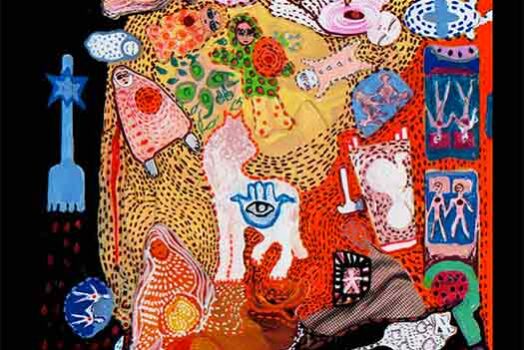
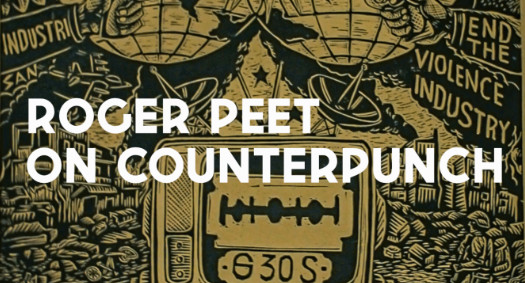

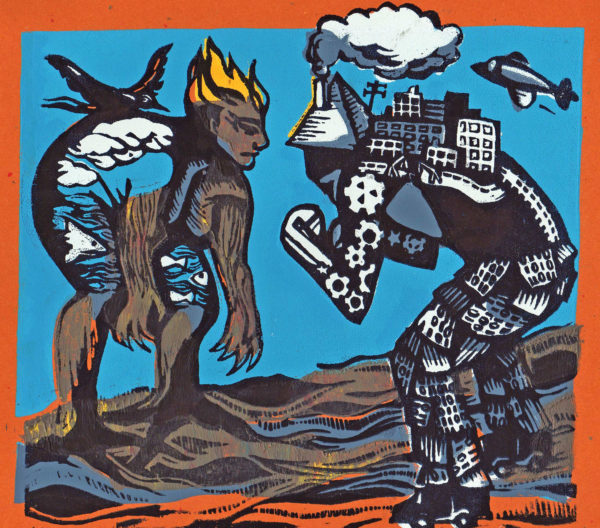
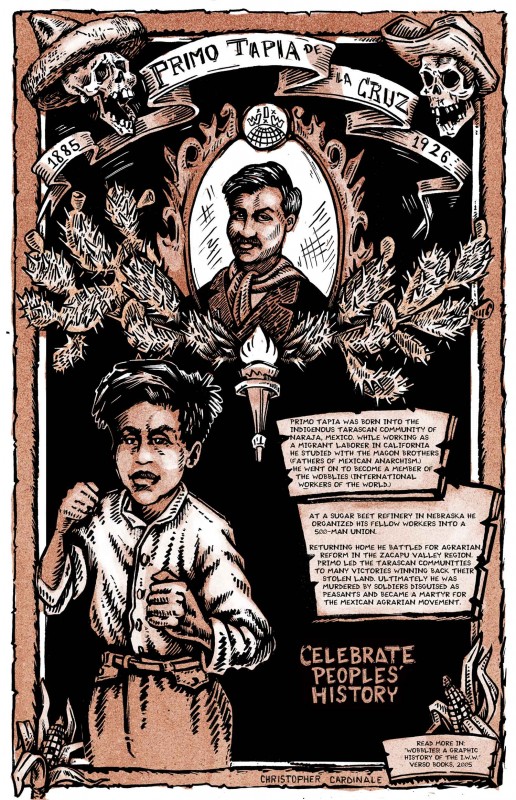
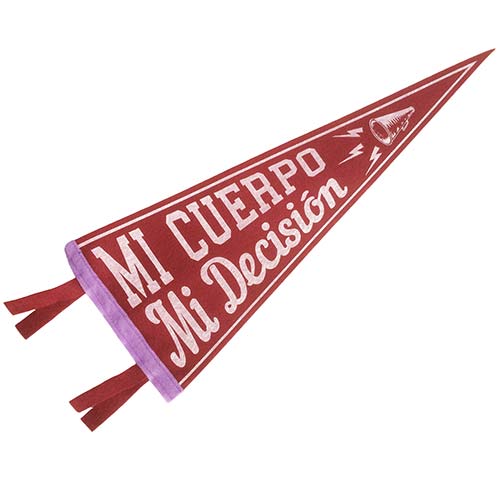

That is very sad to hear, I was fortunate enough to meet him and hear him speak about his life and his work. It is always inspiring to meet someone who never gave up on the idea that people can and should live a better way without all of the racism, classism, and militarism (as well as the many other negative-ism’s) that run our world. He will be missed, but his work and the ideas that inspired him will always live on.